La Gomera Integrates into its Urban Landscape the “Spirit of the Biennial of the Canary Islands”
The San Sebastián Visitor Center brings together the visual arts activities of the international event
NANA GARCÍA — San Sebastián
The San Sebastián Visitor and Interpretation Center in La Gomera hosted the artistic installation of works by Miwa Yanagi, the Japanese artist residing in Germany; David Moratón, an artist from Gran Canaria; and José Román Mora, a native of La Gomera and one of the Biennial’s local creators. The event opened yesterday with a small gathering in which the spirit of the First Canary Islands Biennial of Architecture, Art, and Landscape was reflected, according to Antonio Zaya, curator of the event and promoter of this exhibition itinerary through the islands, with installations at locations such as La Regenta Gallery (Las Palmas de Gran Canaria), the TEA Project Room, and the César Manrique Foundation in Lanzarote.
The proposal by José Román Mora, a sculptor based in Palma, consists of a sculpture integrated into the island’s landscape, capturing the voice of the wind. According to the artist, this work “is related to the geography and traditions of La Gomera.”
The uniqueness of this work lies in how the sounds circulate through it, activated by the wind and connected to the cultural phenomenon of the Gomeran whistle language. It was accompanied by a performance directed by José Ramón Mora Novaro and performed by a local whistler who “dialogued with the land,” said Zaya.
David Moratón, a digital artist from Alicante and collaborator of Miwa Yanagi, contributed the video piece Satori, described by Zaya as “a poetic synthesis of digital technique and landscape,” combining digitally intervened images with atmospheric sounds.
Yanagi (Kobe, Japan, 1967) presented a video work titled Suna Onna (“Sand Woman”), centered on the relationship between generations and the concept of time. The elder narrates an intense encounter with the mythical “water woman” in a quiet monologue. This piece was complemented by a large-format black-and-white photograph, carefully produced with a perfectionist touch.
According to Antonio Zaya, “The three installations are grounded in a common base: landscape and identity,” a discourse that binds together the elements of tradition, plastic arts, and nature, and reflects the guiding principles of the Biennial. The participating artists took inspiration from various natural sites, including García Sanabria Park, Las Cañadas del Teide, and Monte de Las Mercedes. Each of these settings shaped a different dimension of the works, particularly evident in Moratón’s and Yanagi’s videos.
The event’s opening was attended by authorities and various figures from the cultural world, including the mayor of San Sebastián, Angel Luis Castilla, who emphasized the value of bringing contemporary art into contact with local heritage. The Biennial continues to reveal how art can resonate deeply with landscape, memory, and tradition.
Integrated Discourse of Tradition, Visual Art, and the Landscape
The installation presented by José Román Mora, El Silbo, includes a set of sculptural pipes that use wind flow to produce natural sounds. These are related to the Gomeran whistle language, whose origin remains uncertain but is thought to date back to the island’s earliest settlements.
Diario de Avisos, Tenerife, Spain
2 December
2006

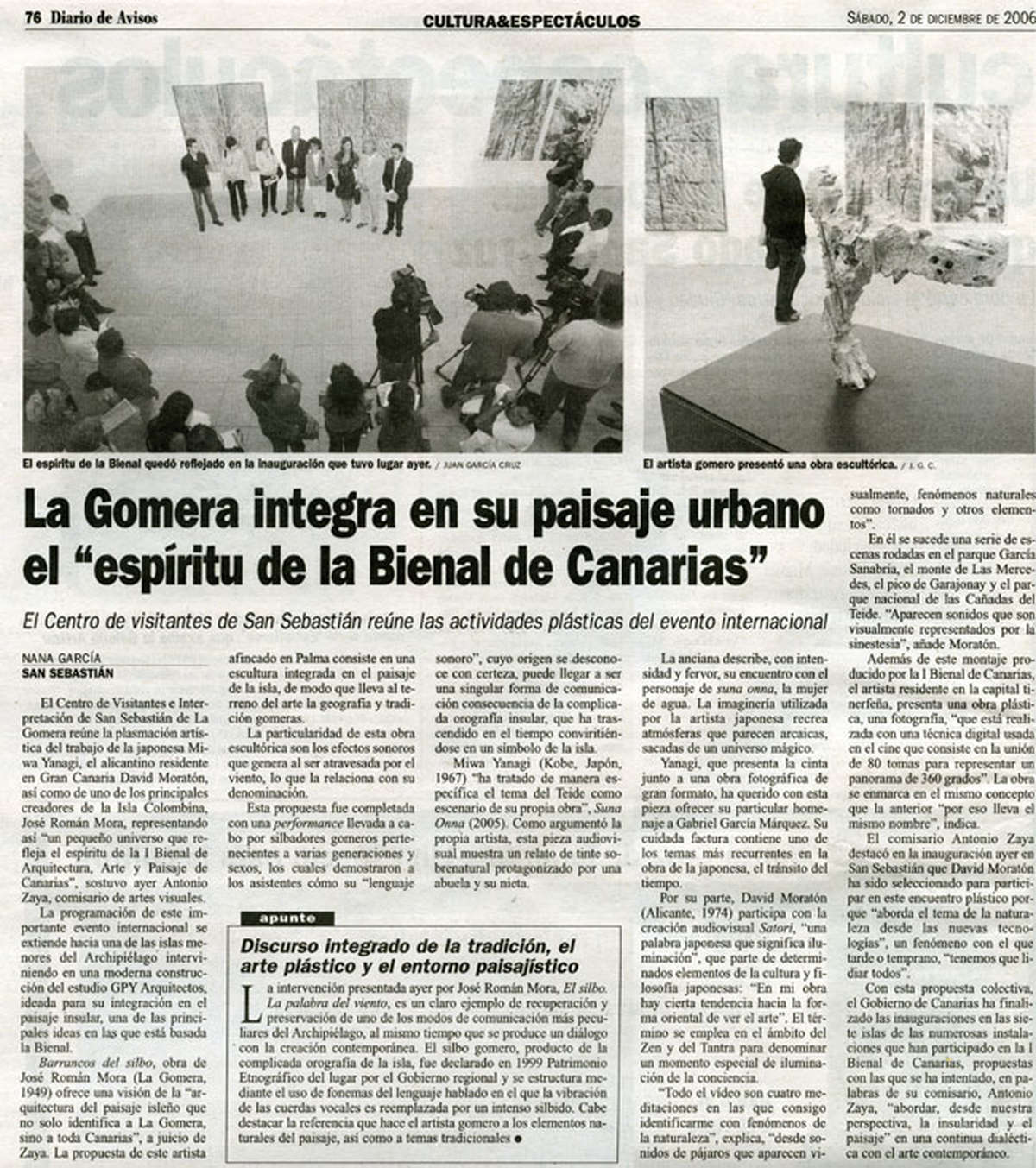
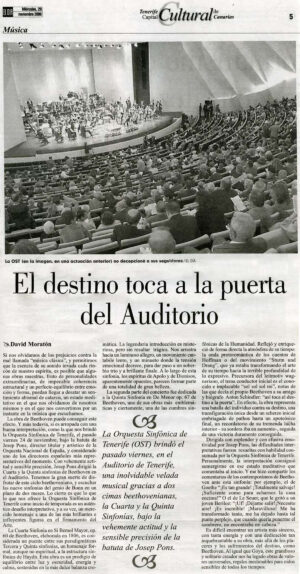
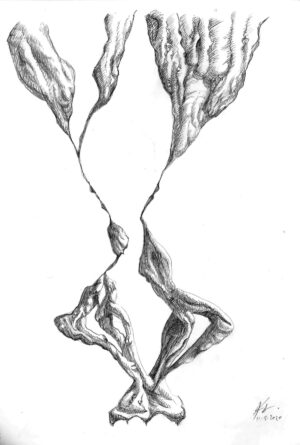
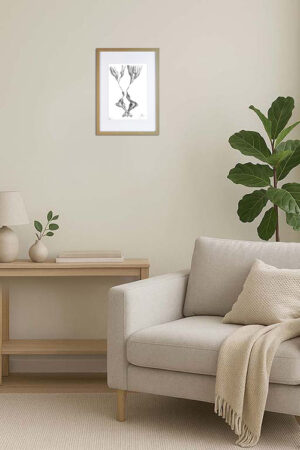
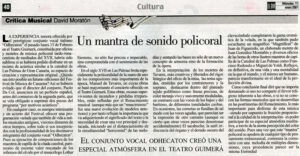
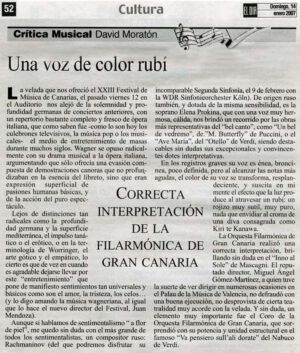
Reviews
There are no reviews yet.